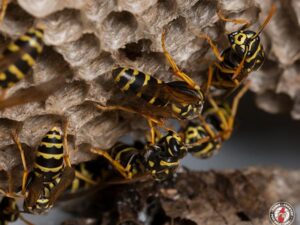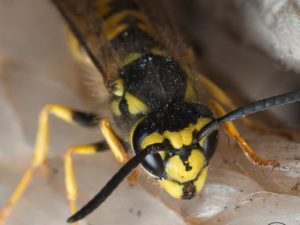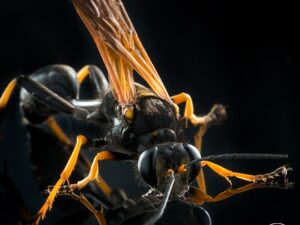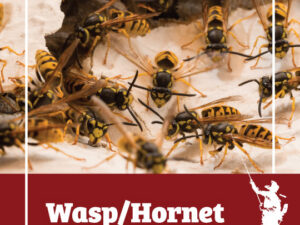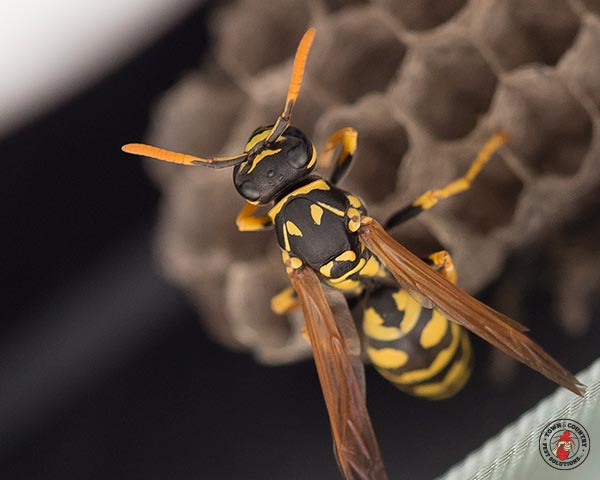
During the fall of 2017, numerous residents living in western New York complained to their local authorities about wasp pest issues on their property. The abundance of wasps in residential areas during this time had been attributed to the previous winter when the climate remained warm enough to allow wasps to survive to see the next season. The amount of wasps that nest and swarm in residential areas varies year-by-year, but wasp populations are always most abundant around homes during the fall, which also happens to be the time of year when their insect food sources become scarce.
In response to dwindling food sources come fall, yellow jackets abandon their nests and invade residential areas where they desperately seek out human food sources, such as sweet-tasting foods and meat. Since these yellow jackets no longer have nesting sites, they constantly swarm, which greatly increases a resident’s chances of encountering the aggressive wasps. This is why the fall season is the most important time for residents to protect themselves from wasp attacks. Unfortunately, many people have come to practice ineffective sting-prevention tactics that, surprisingly, can be found in medical literature meant for public consumption.
The allergy and immunology medical community regularly releases sting-prevention pamphlets and fact sheets that claim fragrances and bright-colored clothing attract foraging wasps. The latter idea originates from the belief that wasps mistake bright-colored clothing for bright floral colors in gardens where wasps feed on plant nectar. However, modern research does not back up this theory, as wasps rely on a variety of cues to pinpoint nectar-rich plants, including odor, shapes, patterns, and pheromones. While it may not be surprising to learn that wasp behavior cannot be influenced solely by visual cues, the false claim that wasps are attracted to cosmetic fragrances sounds compelling to many people.
Wasps rely heavily on olfactory cues for locating food sources, but no study has found evidence that wasps are attracted to the aroma of perfumes or cologne. The giant Asian hornet, which does not exist in the US, may be the only exception in this regard, as they emit an alarm pheromone consisting of alcohol and esters that are present in perfumes and food colorings, but it is not known if perfumes attract these wasps. Since wasps congregate around garbage and recycle bins in order to secure food, keeping these bins tightly sealed will reduce the chances of a wasp attack. Being mindful of both above ground and below ground nests while mowing a lawn is important, as loud noises disturb wasp colonies. It is also important to know that most wasp attacks occur on residential properties, and that wasp nests should always be removed from properties by a licensed pest control professional.
Did you know that many wasp species nest below the ground in residential yards?

